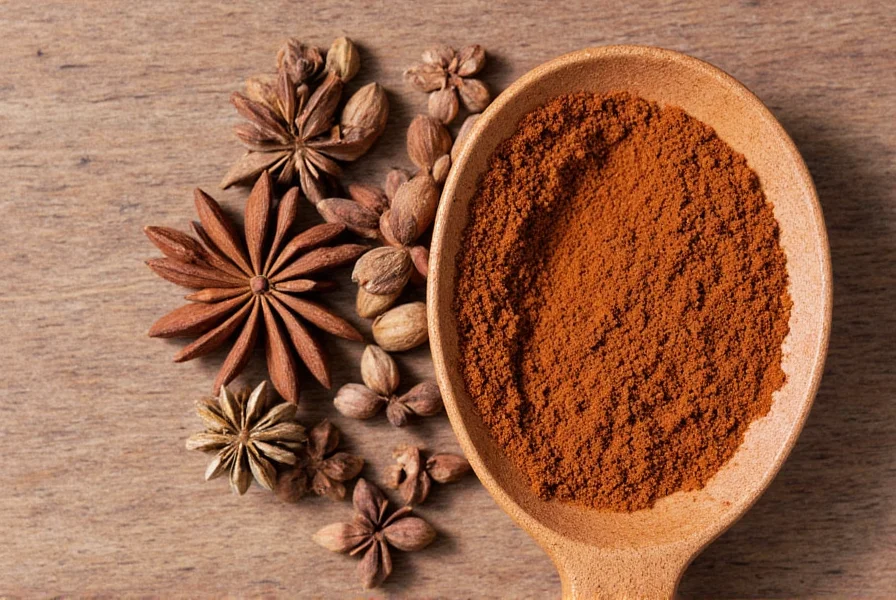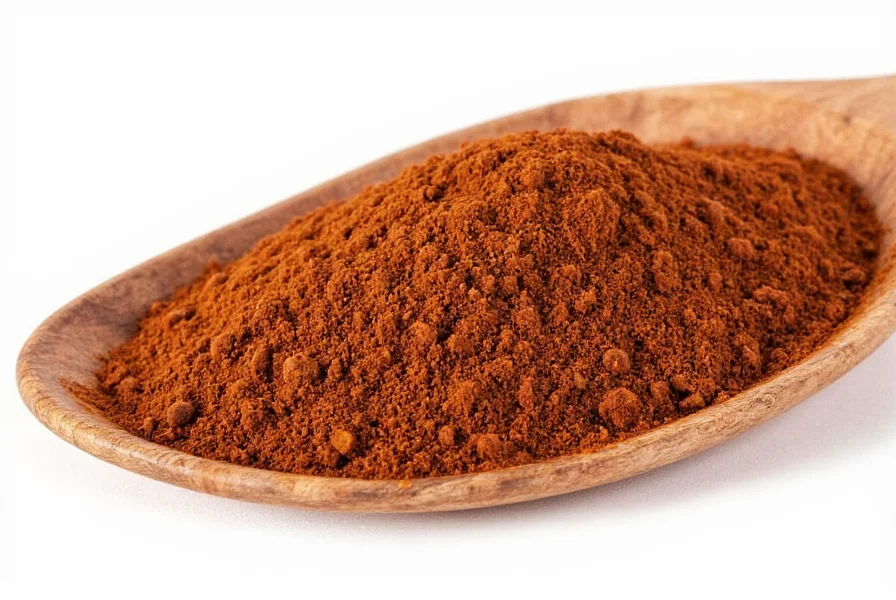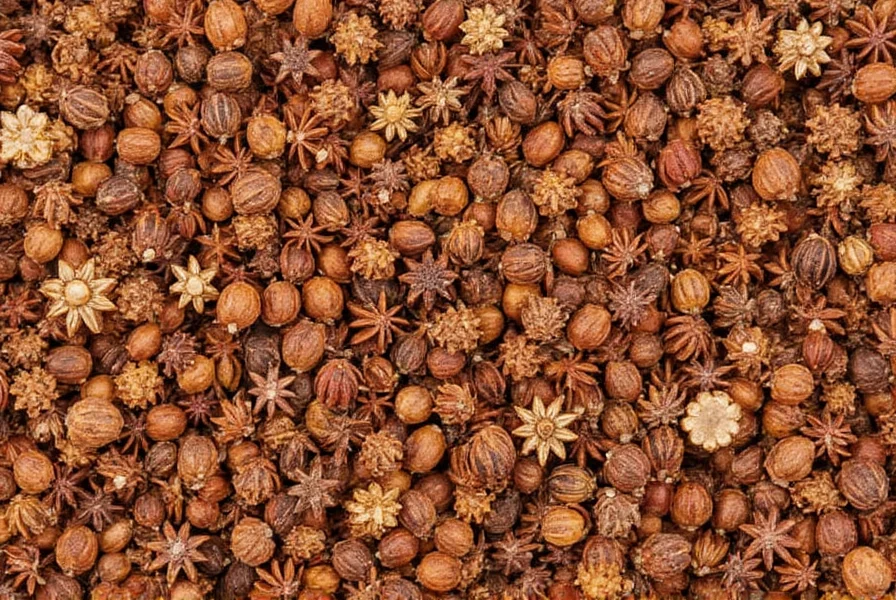Allspice isn't actually a blend of spices as its name suggests, but rather the dried unripe fruit of the Pimenta dioica tree, native to the Caribbean and Central America. This single spice earned its misleading name because early European explorers thought its flavor combined notes of multiple spices. Understanding what is allspice used for reveals its versatility across global cuisines and applications.
What Exactly Is Allspice?
Despite common misconceptions about what allspice is used for, it's crucial to recognize that allspice comes from one source: the berry of an evergreen tree in the myrtle family. When harvested green and dried, these berries transform from olive green to brown, developing their characteristic warm, sweet-spicy flavor profile. The name "allspice" originated in 17th century England when explorers mistakenly believed they'd discovered a single spice that combined flavors of cinnamon, nutmeg, and cloves.
| Allspice Form | Best Used For | Shelf Life |
|---|---|---|
| Whole berries | Pickling, stews, slow-cooked dishes | 3-4 years |
| Ground powder | Baking, rubs, quick sauces | 6-12 months |
| Allspice essential oil | Medicinal applications (diluted) | 2-3 years |
Culinary Applications of Allspice
When exploring what is allspice used for in cooking, its role in Caribbean cuisine stands out most prominently. Jamaican jerk seasoning relies heavily on allspice (called "pimento" locally), where it combines with Scotch bonnet peppers and thyme to create that signature flavor. The allspice berries even grow wild in Jamaica's Blue Mountains, making it integral to authentic jerk preparation.
Meat enthusiasts should know that allspice works exceptionally well with:
- Pork roasts and sausages (particularly in German and Middle Eastern cuisines)
- Beef stews and braises (common in Lebanese and Syrian cooking)
- Poultry rubs (especially with chicken and turkey)
- Game meats like venison
For those wondering how to use allspice in baking, it shines in spice cakes, pumpkin pies, gingerbread, and fruit compotes. Unlike many spices that lose potency when heated, allspice maintains its complex flavor through baking processes, making it invaluable for autumnal desserts.

Flavor Profile and Pairing Guidance
Understanding what does allspice taste like helps determine appropriate usage. It delivers a warm, slightly sweet profile with notes of:
- Cinnamon (primary note)
- Cloves (secondary note)
- Nutmeg (tertiary note)
- Peppery finish
Allspice pairs beautifully with citrus zest, apples, pears, sweet potatoes, and root vegetables. When using it in savory applications, balance it with acidic components like tomatoes or vinegar to prevent overwhelming other flavors. For baking applications, combine it with ginger and cardamom for complex spice blends.
Substitution Options When You're Out of Allspice
Many home cooks search for allspice substitute in recipes when they discover they're missing this pantry staple. While no substitute perfectly replicates allspice's unique profile, these combinations work well:
- For 1 teaspoon allspice: ½ tsp cinnamon + ¼ tsp nutmeg + ¼ tsp cloves
- In Caribbean dishes: Equal parts cinnamon and cloves with a pinch of cardamom
- In baking: Pumpkin pie spice (use 1:1 ratio)
Remember that pre-made pumpkin pie spice often contains additional ingredients like ginger and allspice itself, making it the most convenient substitute for baking applications.
Storage Recommendations for Maximum Freshness
To preserve the complex flavors that define allspice benefits and uses, proper storage matters significantly. Whole allspice berries retain freshness much longer than ground versions. Store both forms in airtight containers away from light and heat. Whole berries maintain potency for 3-4 years, while ground allspice begins losing flavor after 6 months. For extended freshness, keep ground allspice in the freezer where it can remain potent for up to 18 months.

Common Misconceptions About Allspice
Many people confuse allspice with mixed spice or pumpkin pie spice. While related, these are distinct products:
- Allspice: Single spice from Pimenta dioica berries
- Mixed spice: British blend typically containing cinnamon, coriander, caraway
- Pumpkin pie spice: American blend of cinnamon, ginger, nutmeg, cloves, allspice
Another common error involves using too much allspice. Its potent flavor can easily dominate a dish when overused. Start with ¼ teaspoon per serving and adjust carefully. In most recipes, allspice plays a supporting role rather than taking center stage.
Traditional Medicinal Applications
Beyond culinary applications, allspice has historical medicinal uses worth noting when considering allspice benefits and uses. Caribbean and Central American traditional medicine employs allspice for:
- Digestive aid (in moderation)
- Muscle pain relief (as topical oil)
- Dental pain management (as temporary toothache remedy)
Modern research suggests allspice contains eugenol, which has anti-inflammatory properties, though culinary amounts shouldn't be considered therapeutic. Always consult healthcare professionals before using spices medicinally.
Global Culinary Traditions Featuring Allspice
Exploring allspice in Caribbean cuisine reveals its cultural significance beyond just flavor. In Jamaica, allspice trees grow wild, and the berries are essential for authentic jerk cooking. Middle Eastern cuisine uses allspice in kibbeh, stuffed grape leaves, and lamb dishes. Scandinavian countries incorporate it into pickling solutions and meatballs. Even American cuisine relies on allspice in classics like ham glazes and apple pie.
Practical Usage Tips for Home Cooks
When incorporating allspice into your cooking, consider these practical applications:
- Add whole berries to pickling brines for vegetables
- Include in dry rubs for smoked meats
- Stir into hot apple cider or mulled wine
- Combine with brown sugar for ham glazes
- Use in fruit preserves and chutneys
For the most vibrant flavor, toast whole allspice berries briefly in a dry pan before grinding. This simple step enhances the aromatic compounds, making your dishes more flavorful with less spice.











 浙公网安备
33010002000092号
浙公网安备
33010002000092号 浙B2-20120091-4
浙B2-20120091-4